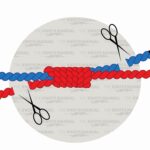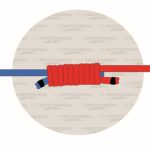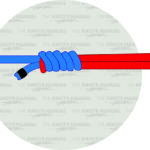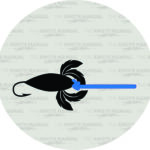The Perfection Loop is a commonly used fishing knot used at the end of the leader. It creates a perfectly-aligned loop, which is ideal for loop-to-loop connections.
In other sources, the Perfection Loop is also sometimes called the Angler’s Loop.
Quick Guide: Tying the Perfection Loop Knot
To tie the Perfection Loop, create a loop near the end of the line. Then create another loop on top of the first one. Then pass the tag end between these two loops. Finally, pass the second loop through the first one to create the final loop.
Before tightening the knot, submerge it in water or use saliva to lubricate the knot. This will allow you to tighten it more tightly. To tighten, pull the loop opposite the main line. You need to pull it with a good amount of force in order for the knot to set in. If tied correctly, the working end should exit at a 90-degree angle from the line.
To tie the Perfection Loop to a fly, hook, or lure, you should pass the line through its ring after making the first loop (after step 1a). Then continue as usual. In step 4, pass the second loop through the first one together with the fly/lure/hook.
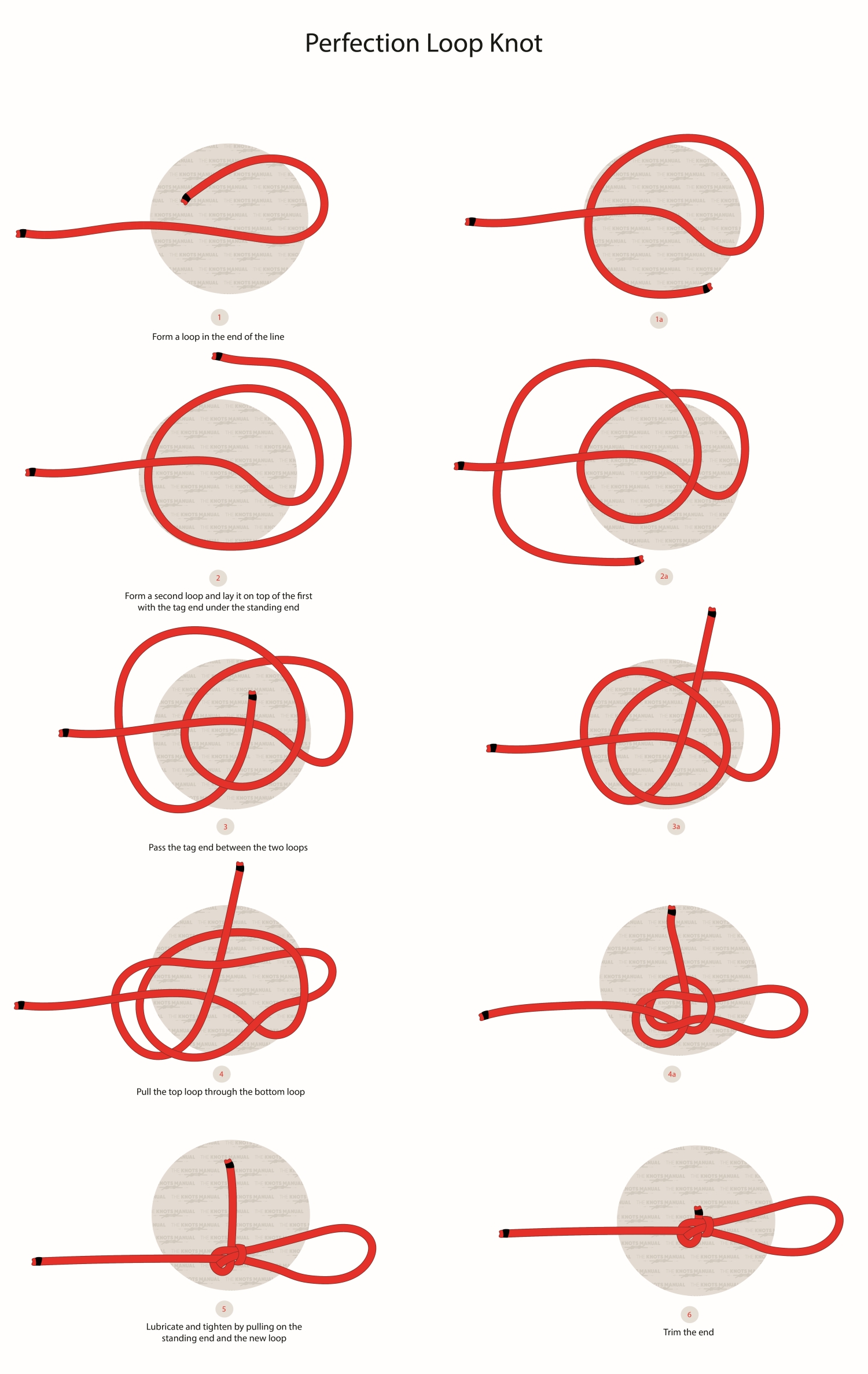
Pros and Cons of the Perfection Loop Knot
The main advantage of the Perfection Loop Knot is that it is very easy to tie. With enough practice, anyone can tie it even in cold weather.
It also works well with most types of fishing lines, even ones made from slippery materials. You can use it with braided lines, wires, and monofilament.
The Perfection Loop is a very strong and reliable knot. If tightened properly, it’s very unlikely to come loose. The line is much more likely to snap before this happens.
Another benefit is that it has a slim profile and that the loop is aligned perfectly in line with the standing line. You can also adjust the size of the loop if you want it tighter in certain situations.
It doesn’t have as slim of a profile as the Nail Knot or the Albright Knot. But the loop-to-loop connection makes it much quicker to switch between different leaders.
The main downside of the Perfection Loop is that it is hard to remember if you don’t use it regularly. Modern leaders usually come with welded loops and pre-tied loops. So in reality, you don’t need to tie the knot too often. Doing a bit of practice helps in this situation because it allows you to store it in your long-term memory.
Another downside is that it creates an end loop that is almost impossible to untie. This is why it’s only used in fishing and for permanent solutions with ropes.
Common Uses for the Perfection Loop Knot
Most commonly, the Perfection Loop is used in fly fishing to create a loop-to-loop connection between the leader and the main line. In this situation, you need to tie a perfection loop at the end of the leader as well as the main line. This will allow you to switch between different leaders very quickly.
It’s also used in the same way to add backing to the fly line.
You can also use the Perfection Loop to tie the leader to the hook, lure, or fly. This allows you to create a wider loop that doesn’t tighten as you pull it. It’s useful in some situations where a wide range of motion on the fly is needed.
Knots Like the Perfection Loop Knot
Bimini Twist: Another commonly used fishing knot that creates a very strong loop at the end of the line. It can be used in similar applications as the Perfection Loop.
Bowline Knot: Although rarely used in fishing, some people use the Bowline Knot instead of the Perfection Loop. This is because it’s a simple and useful knot that a lot of people already know. It isn’t as strong as the Perfection Loop.
Surgeon’s Knot (Double Overhand Knot): A simple way of connecting two fishing lines. It’s also often used with fishing lines that are made from different materials or are of different diameters. It’s one of the weakest knots for connecting fishing lines, but it works well in most situations.
Albright Knot: A commonly used fishing knot used for connecting the leader to the fly line. It has a very slim profile, it’s easy to tie, and is reliable.
Nail Knot: An alternative to the Albright Knot, used for connecting two fishing lines. Its main disadvantage is that it requires a nail (or a tube of some sort) to tie. It’s incredibly strong and has a very slim profile.
Rapala Knot: A very common way of attaching the lure to the fishing line or the leader. It’s a bit difficult to tie, but it offers a very strong and reliable connection.
Dropper Loop: This fishing knot creates a strong loop in the middle of the fishing line. It’s most commonly used for multi-hook and multi-line setups.
Step-By-Step Guide: How to Tie the Perfection Loop Knot
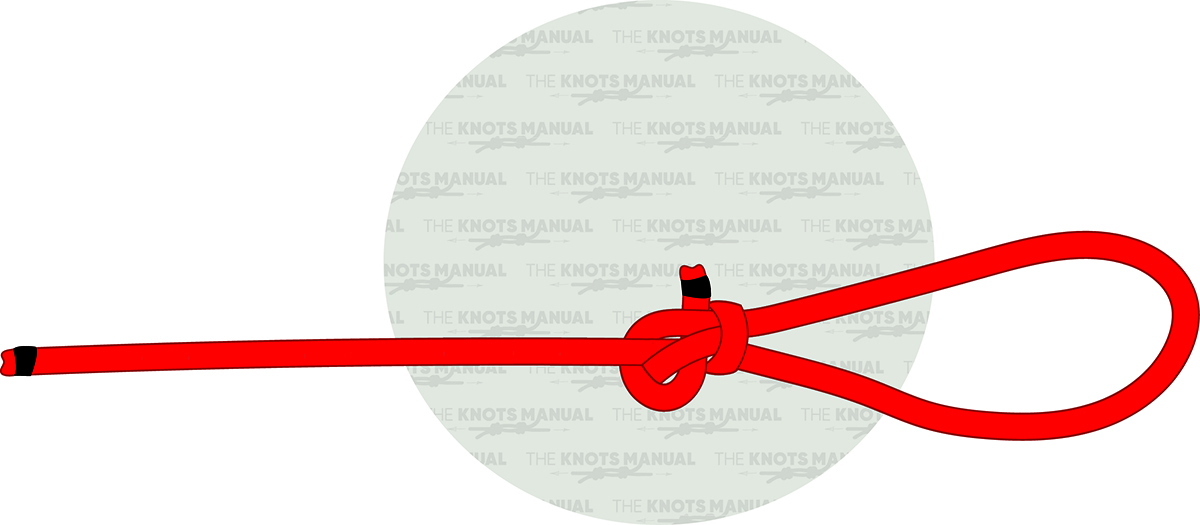
A step-by-step guide on tying the Perfection Loop Knot.
Step 1:
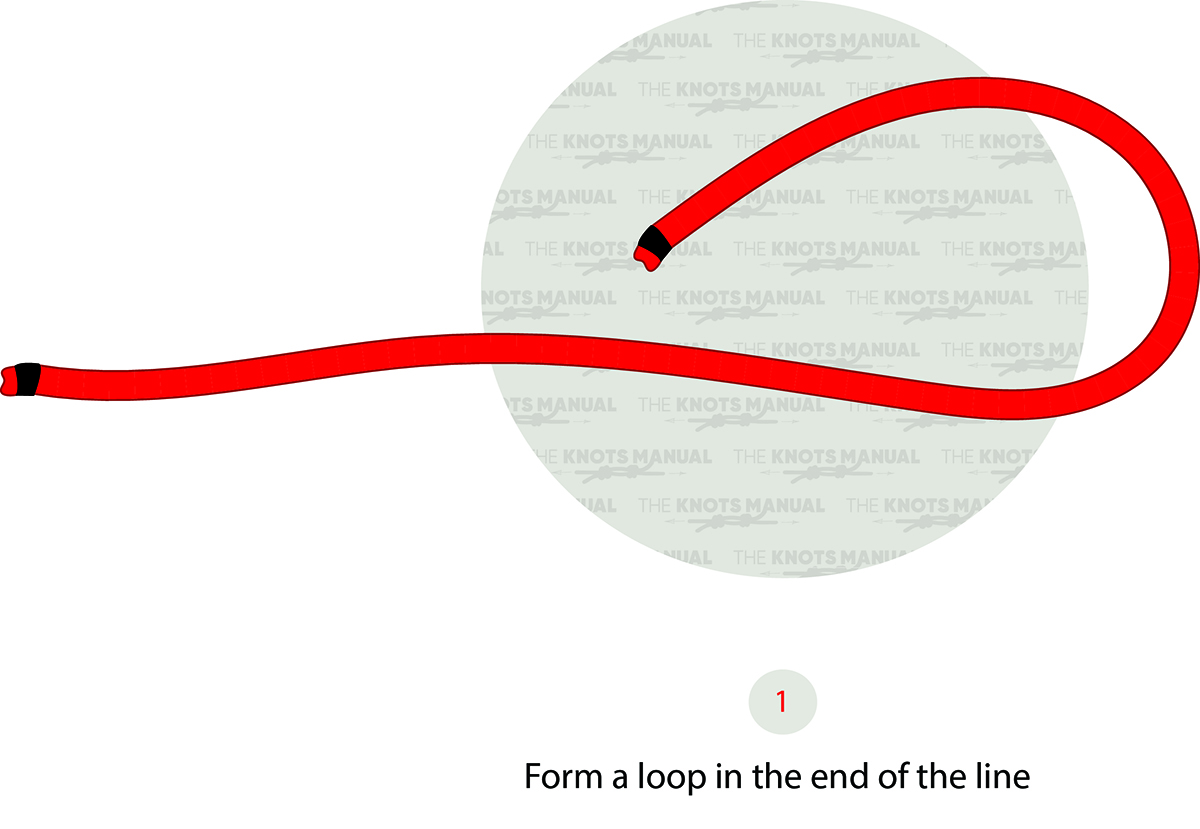
Create a loop near the end of the fishing line.
Step 1a:
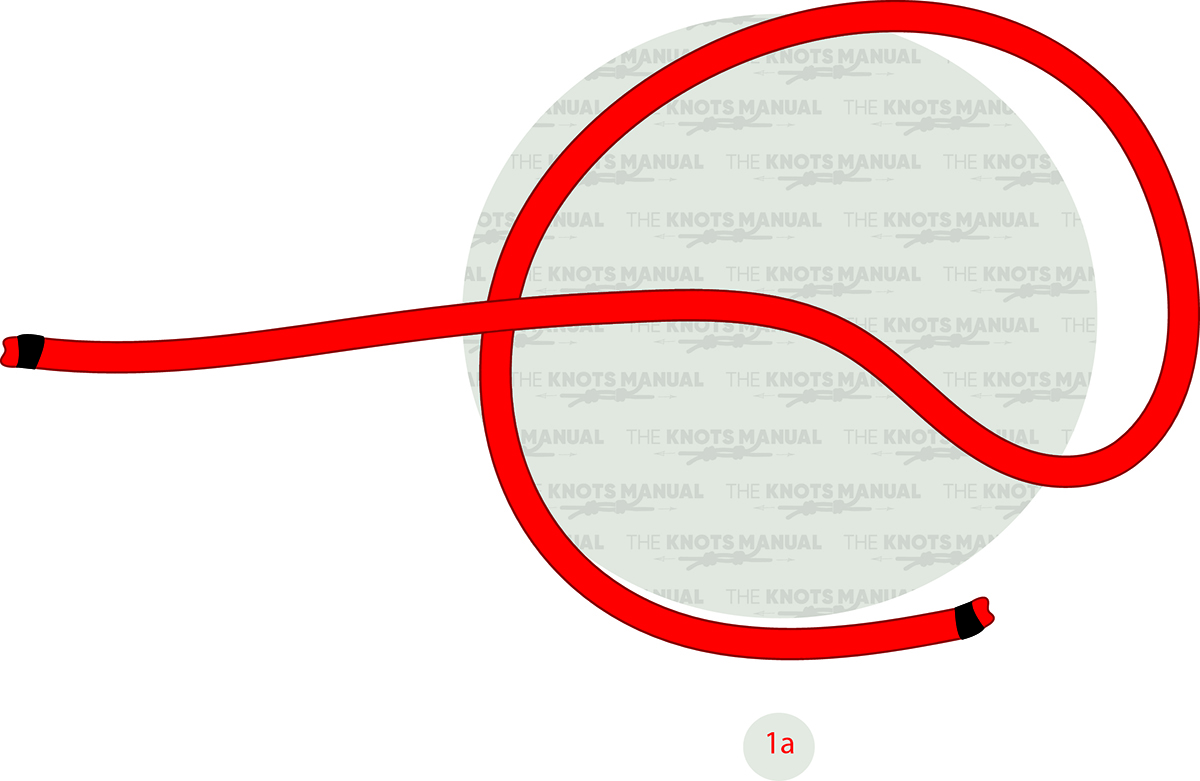
Pass the working end underneath the standing end.
Step 2:
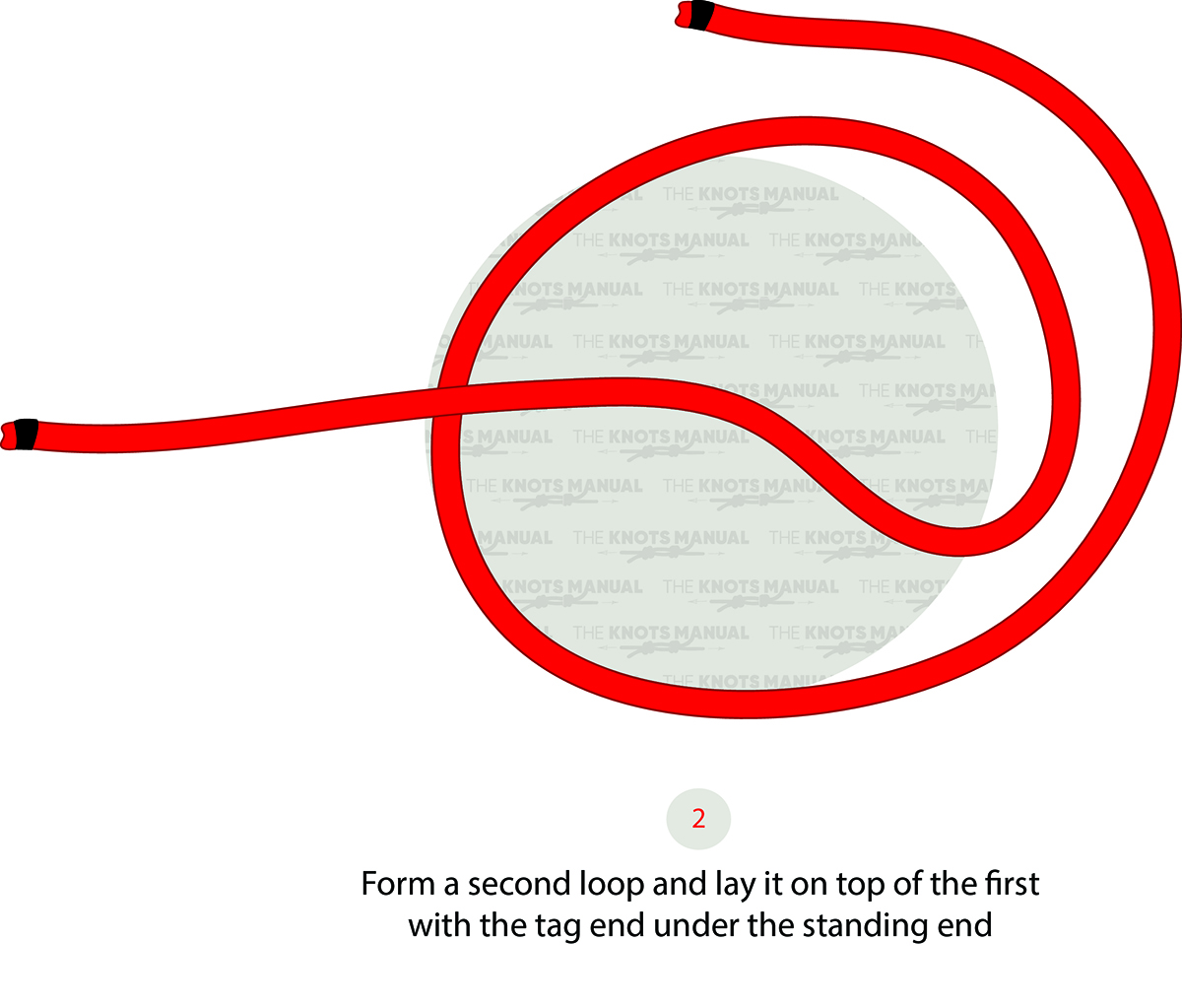
Create another loop similar in size.
Step 2a:
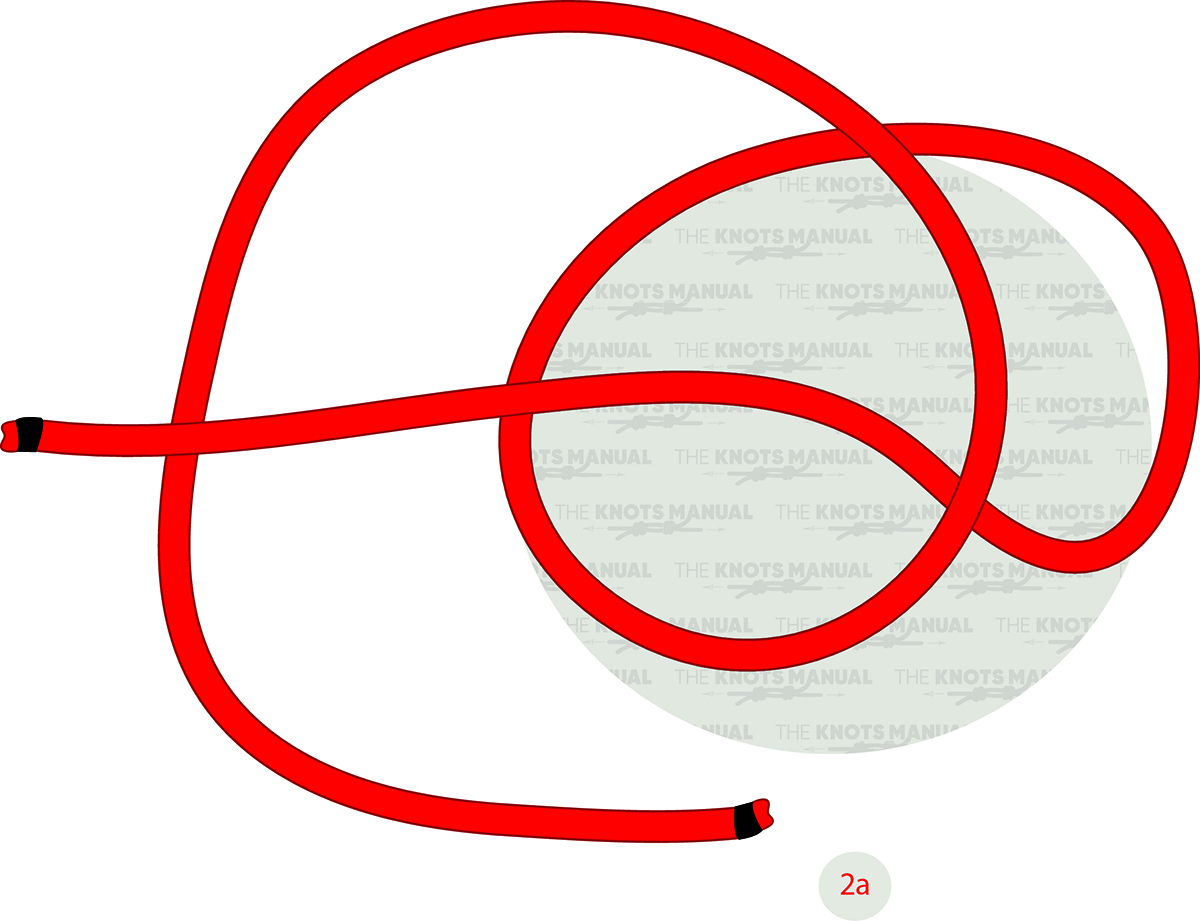
Again, go behind the standing end.
Step 3:
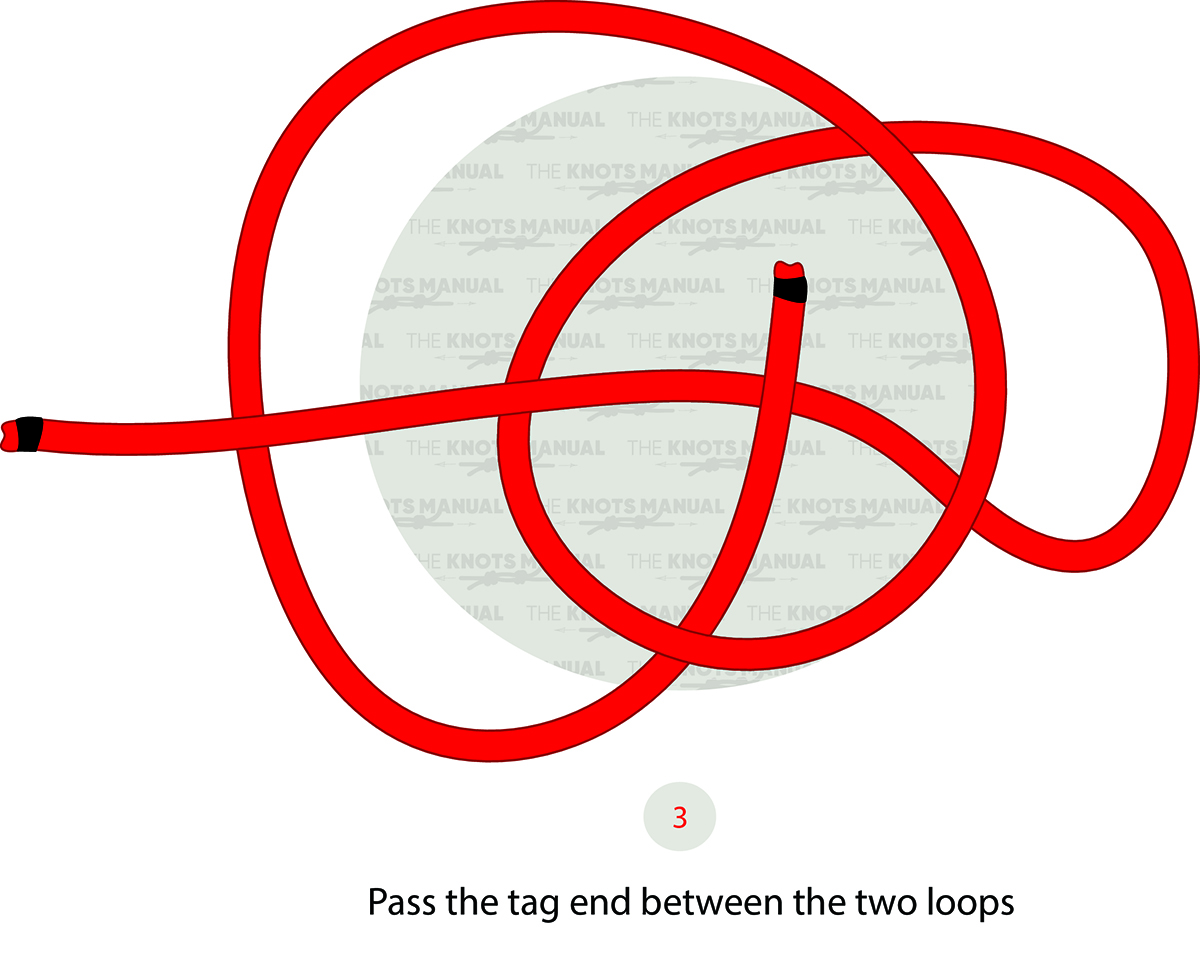
Pass the working end between two formed loops.
Step 3a:
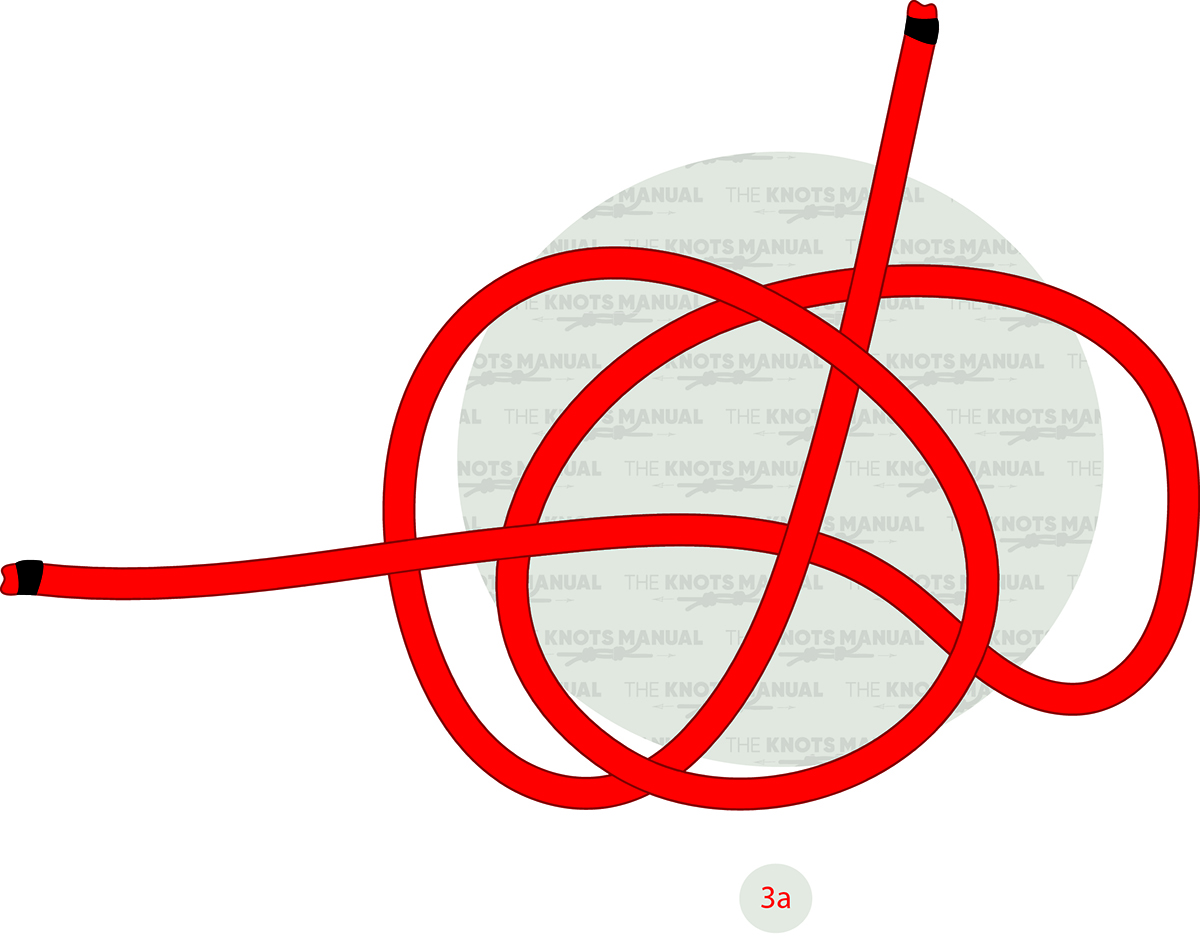
Make sure that the working end isn’t passed through any of these loops but between them.
Step 4:
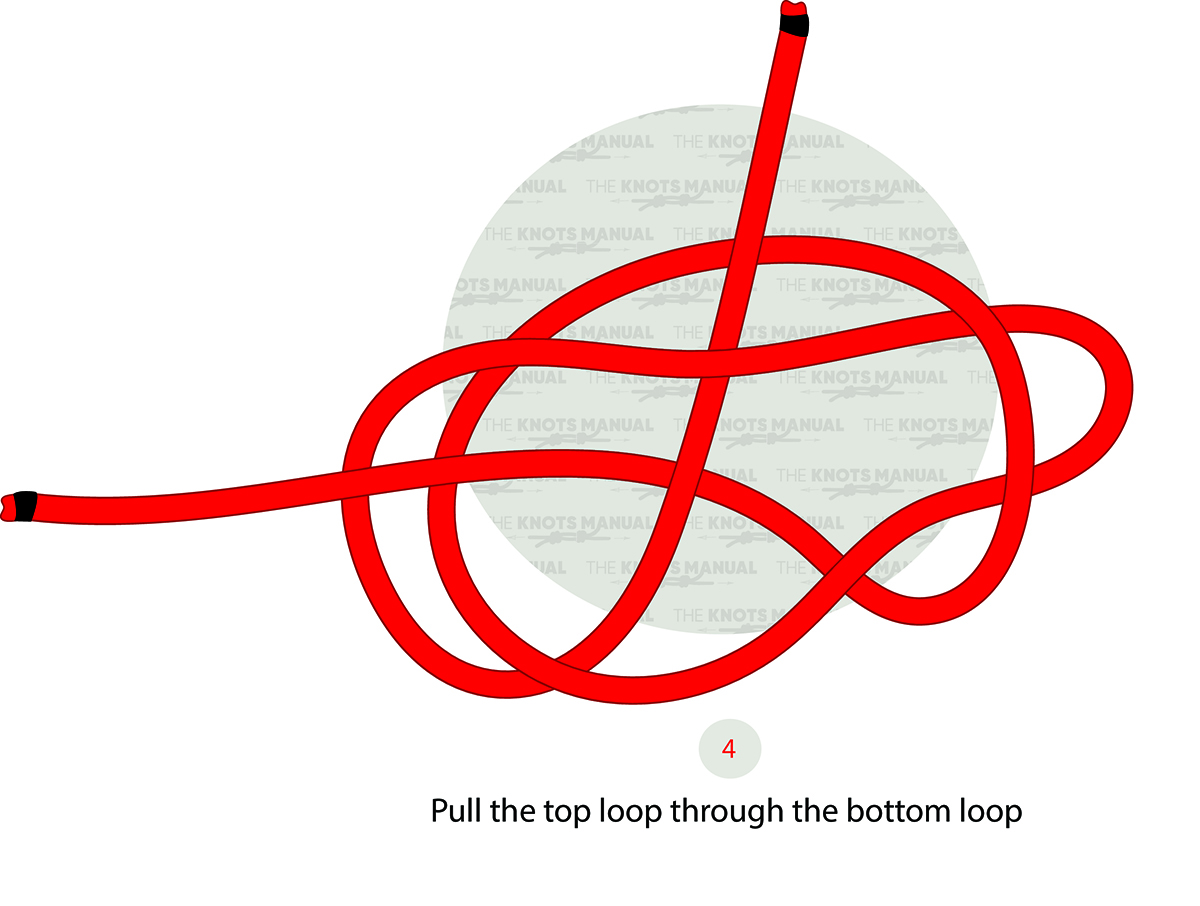
Pass the second loop through the first one as illustrated above.
Step 4a:
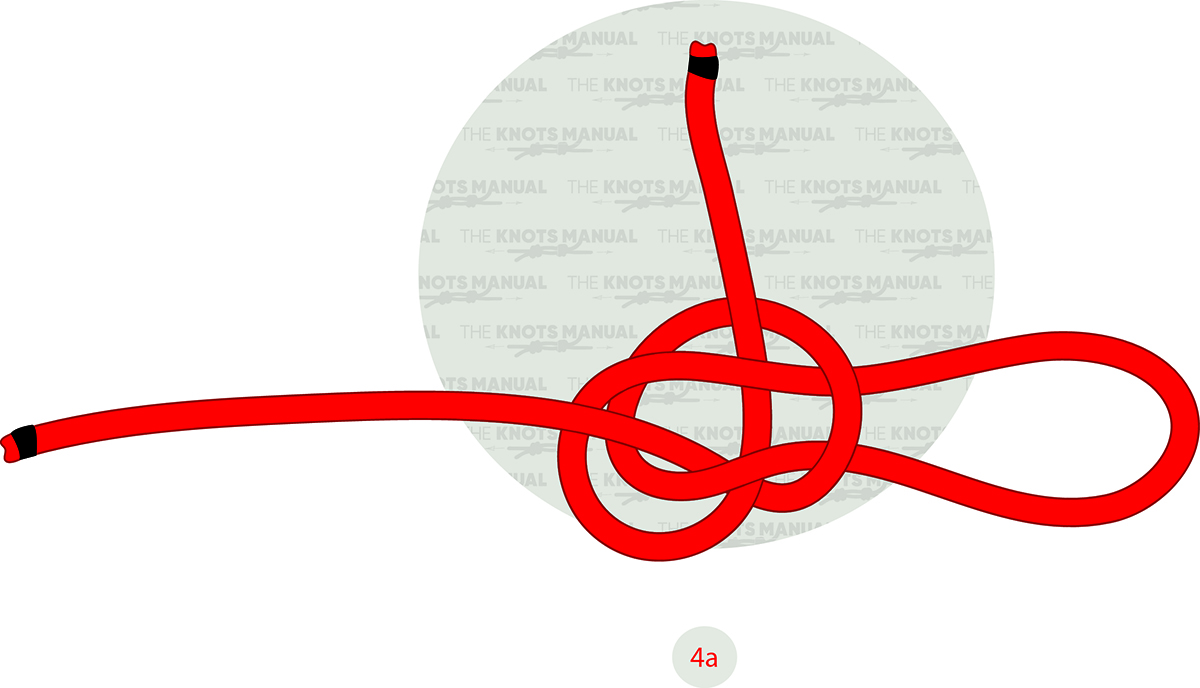
Pull the end of the formed loop to tighten the knot.
Step 5:
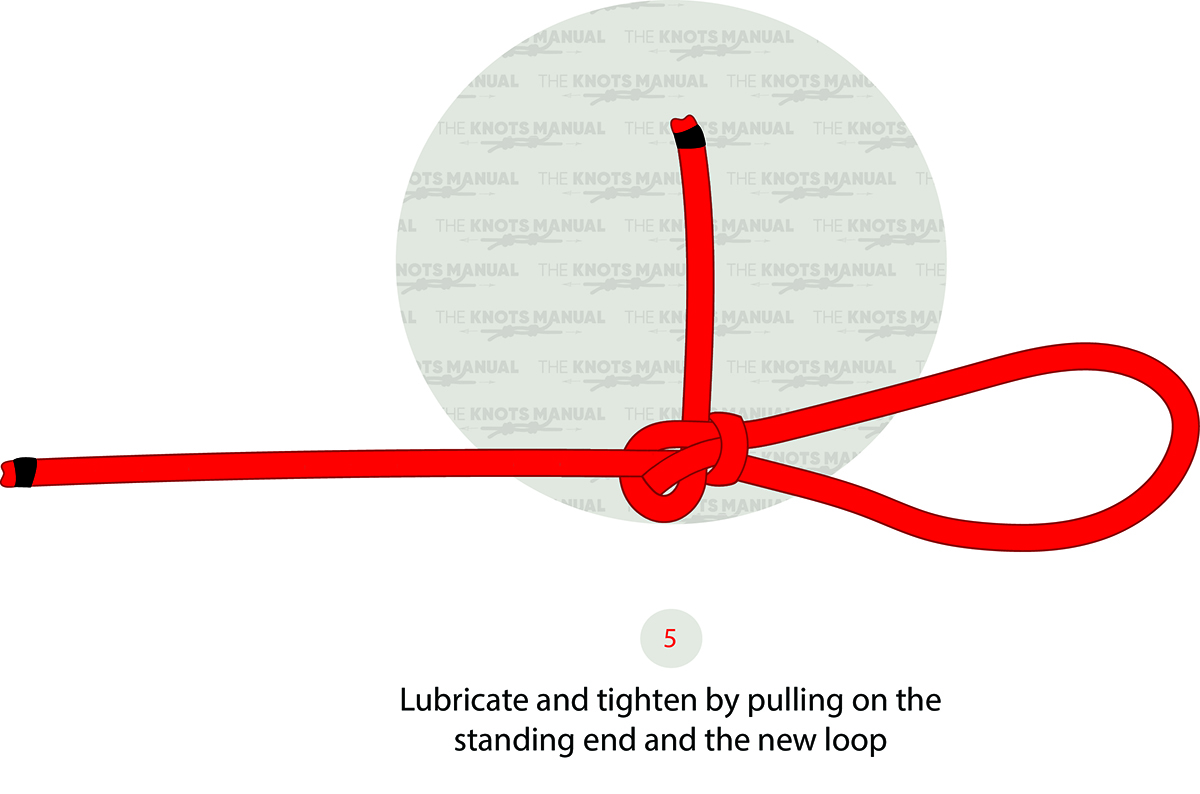
Lubricate the knot with water or saliva for a better result.
Step 6
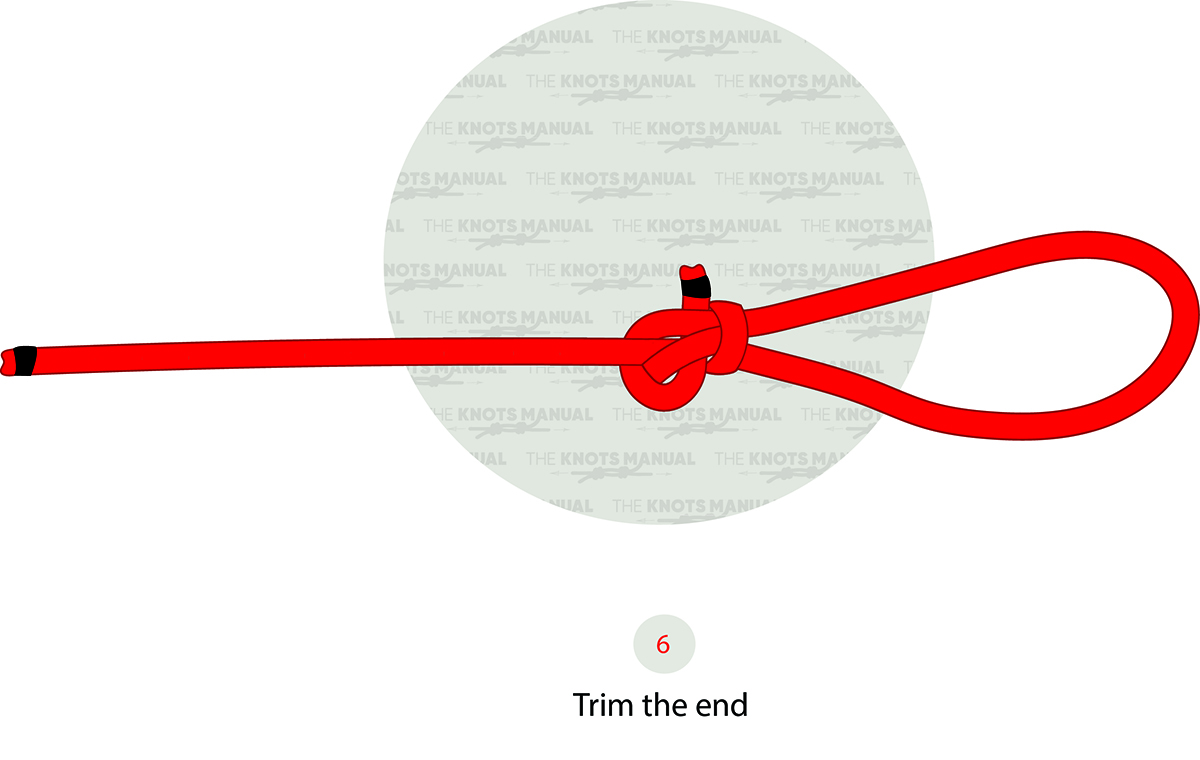
Cut off the excess end.
